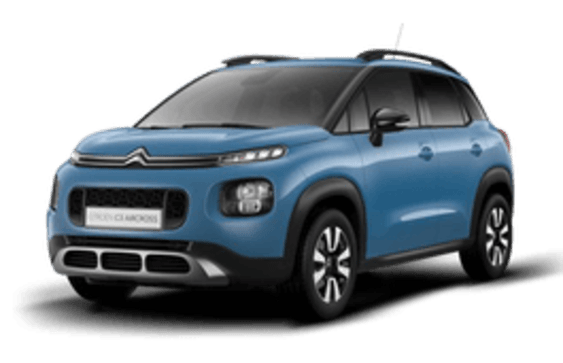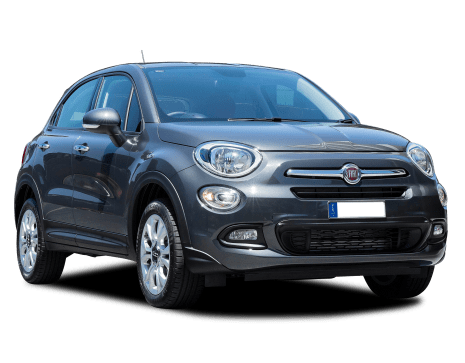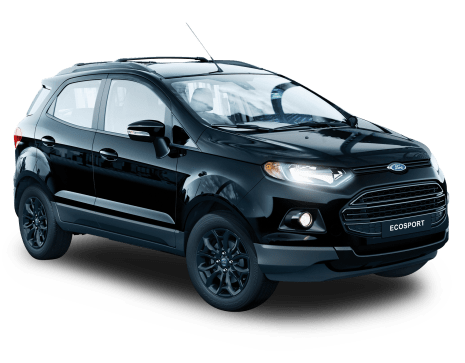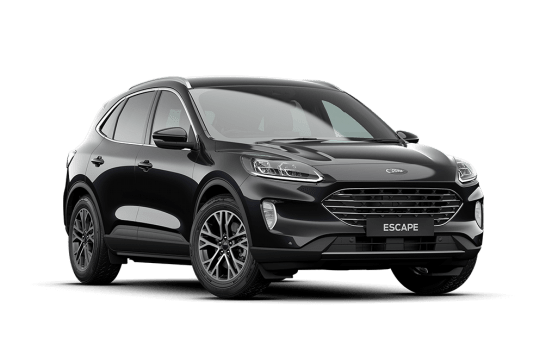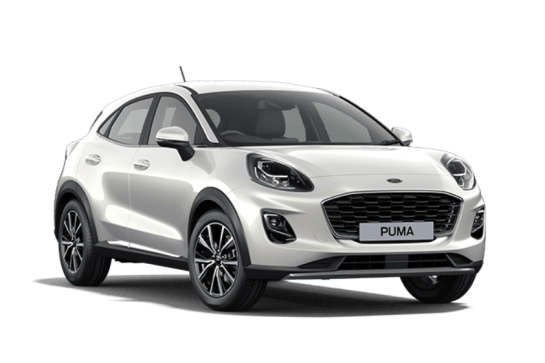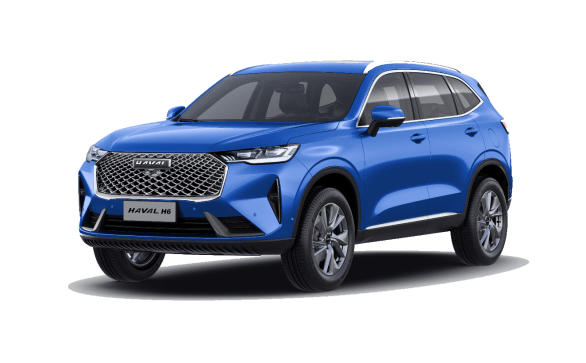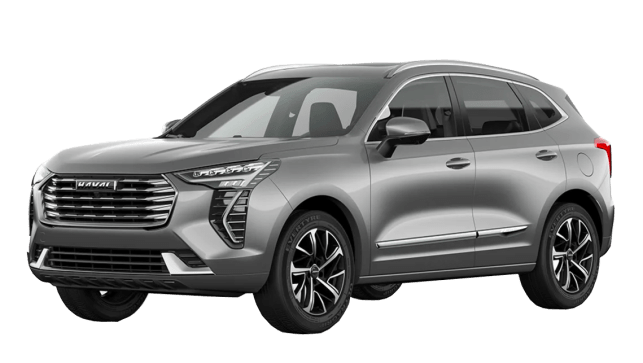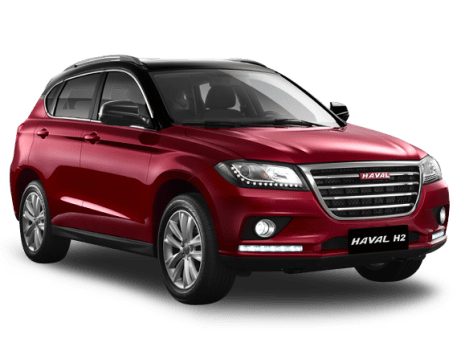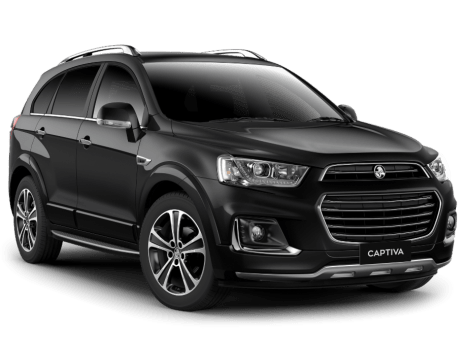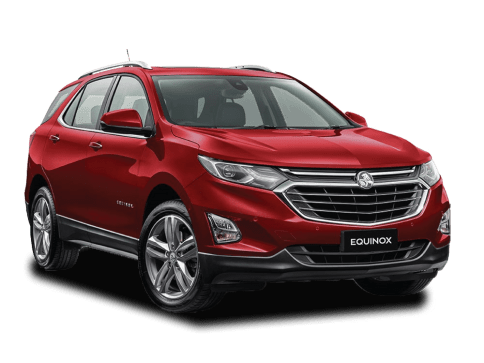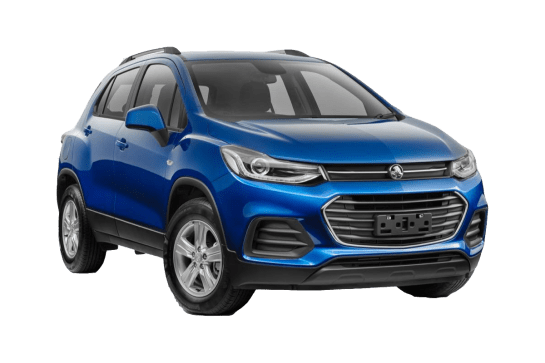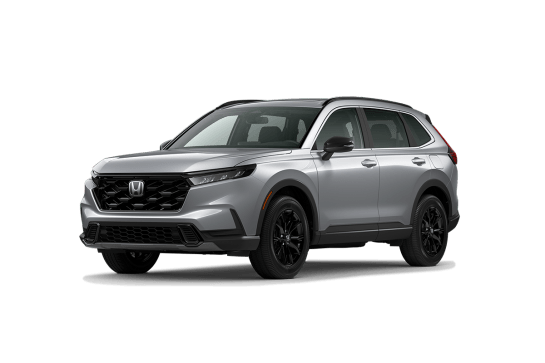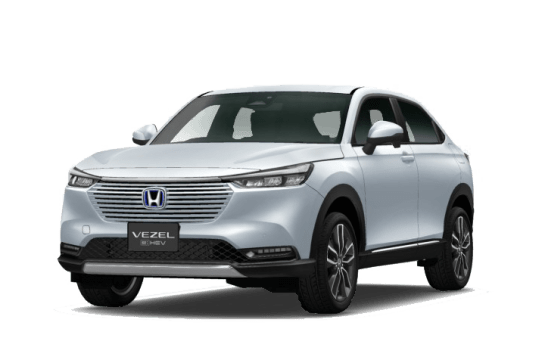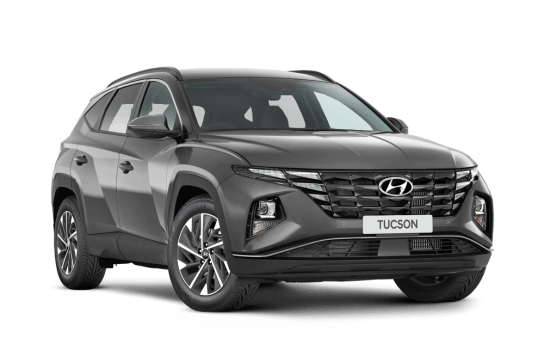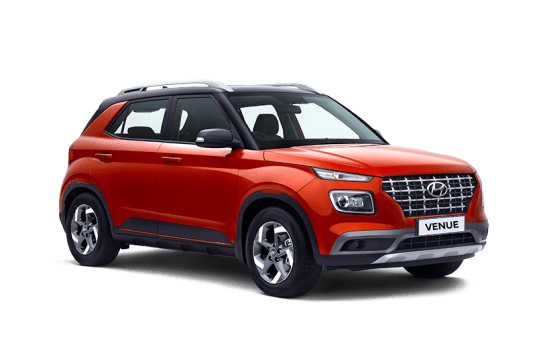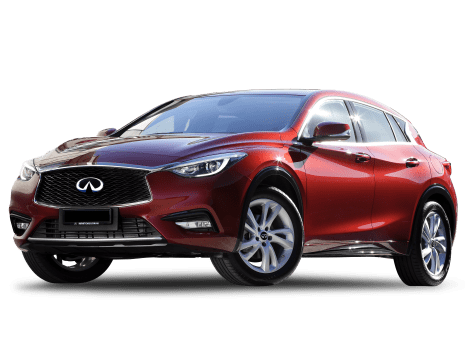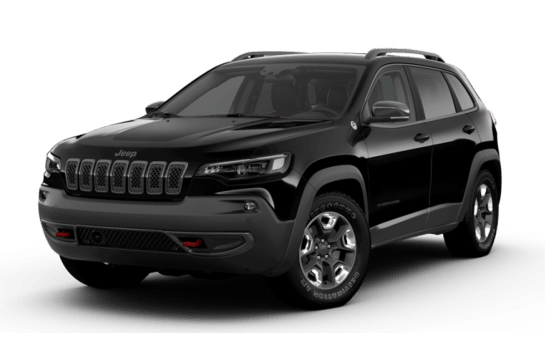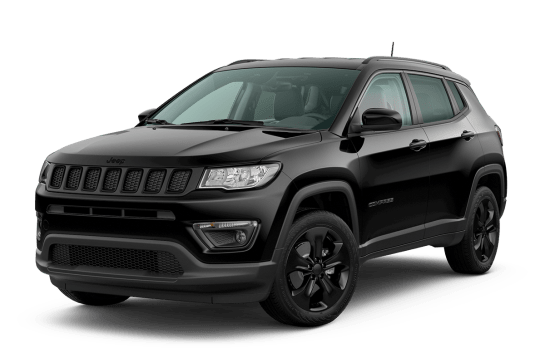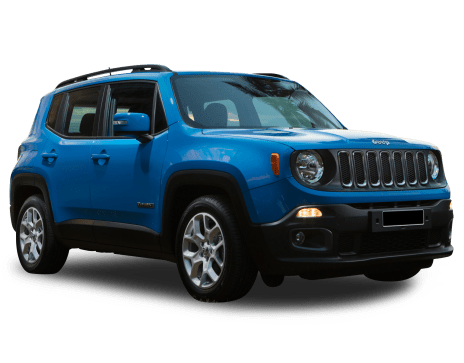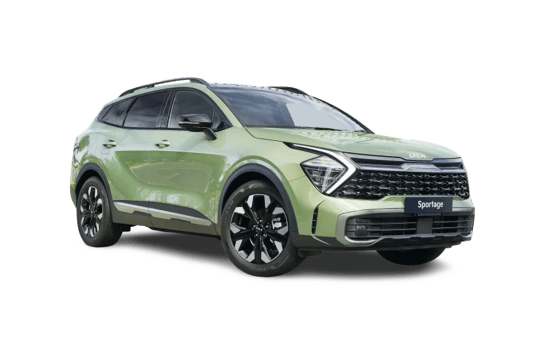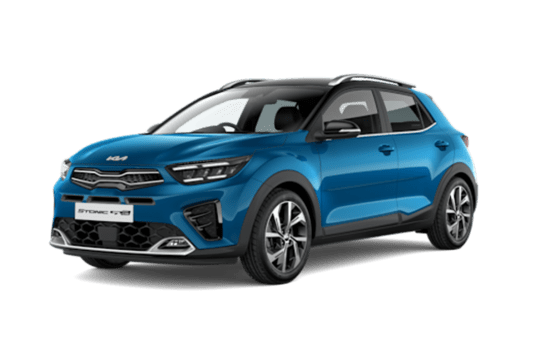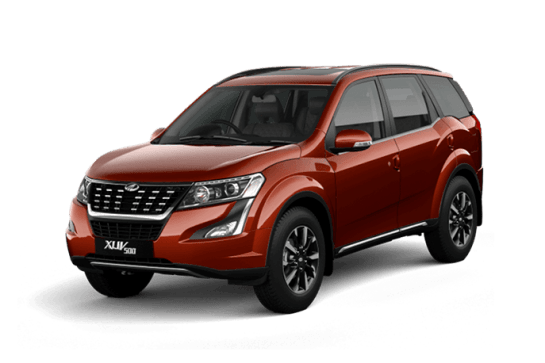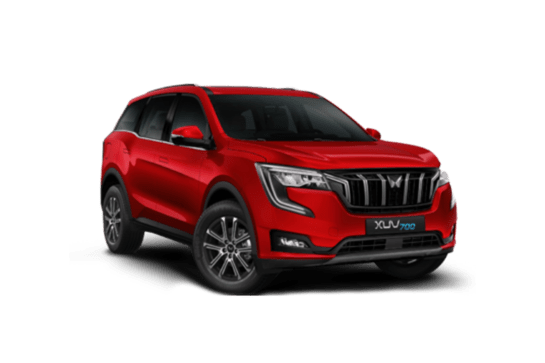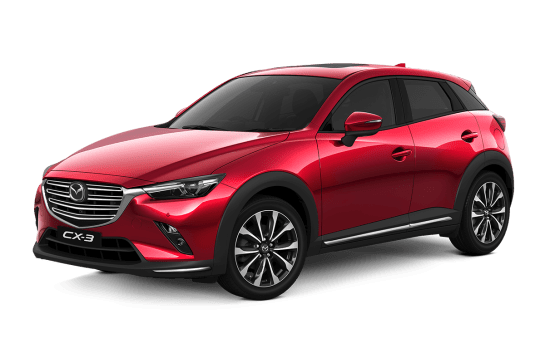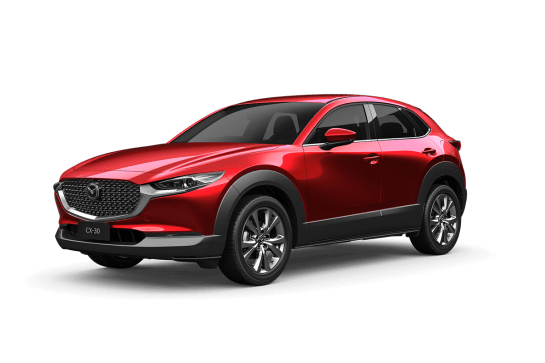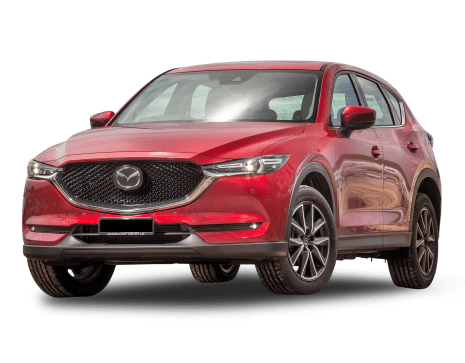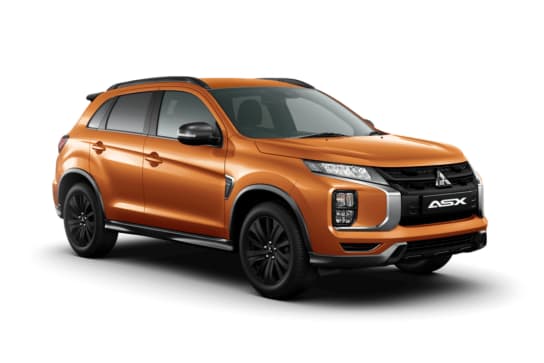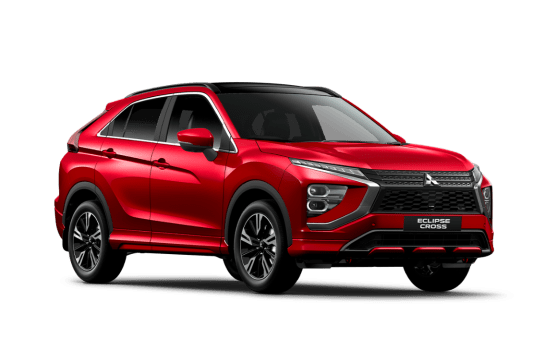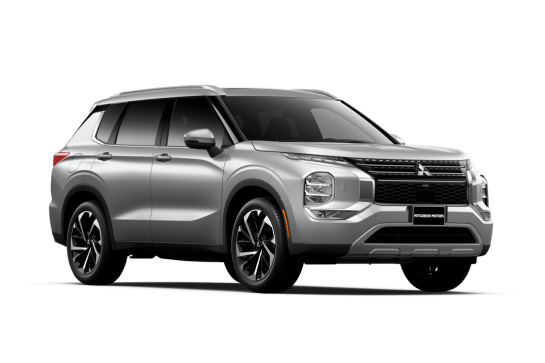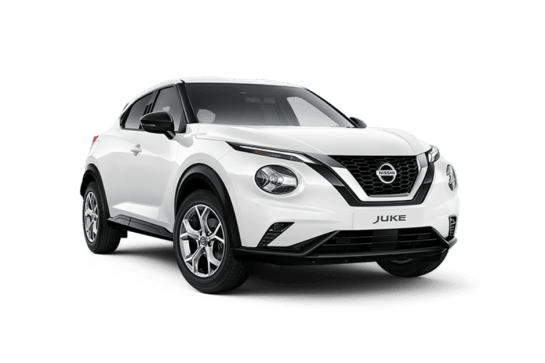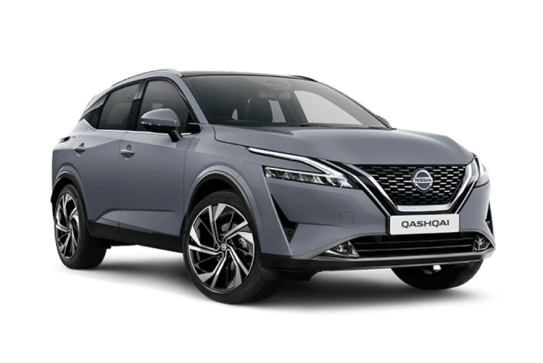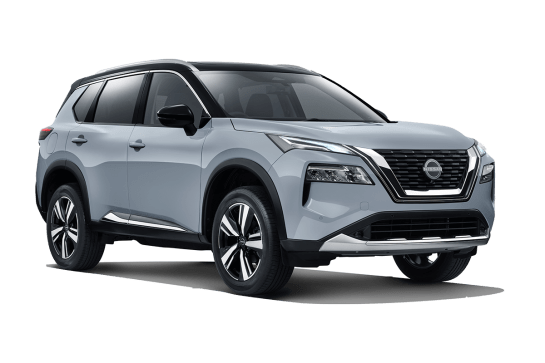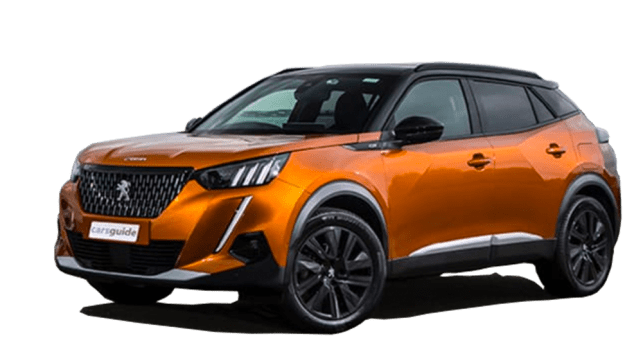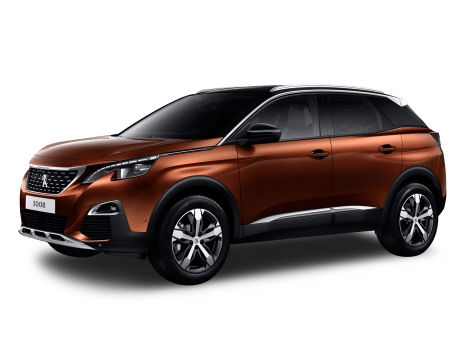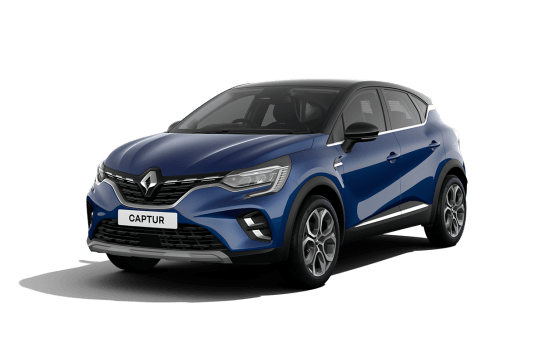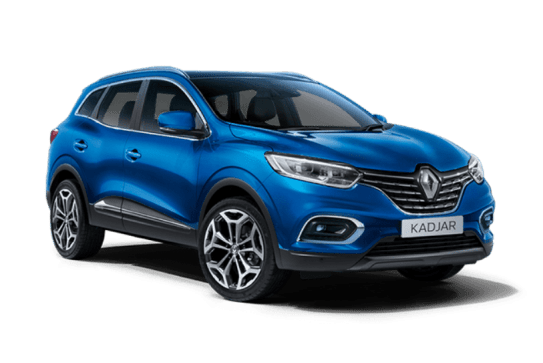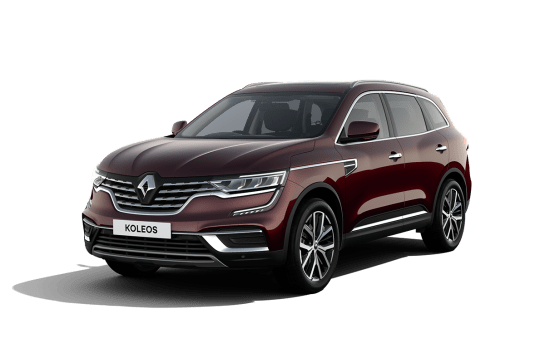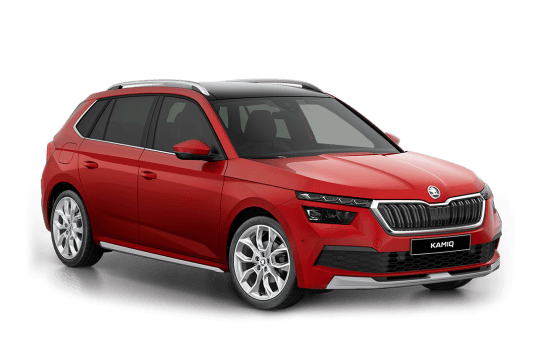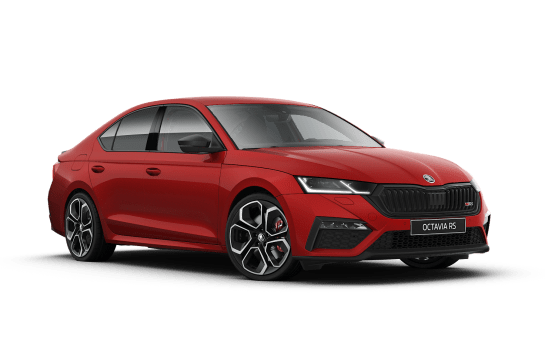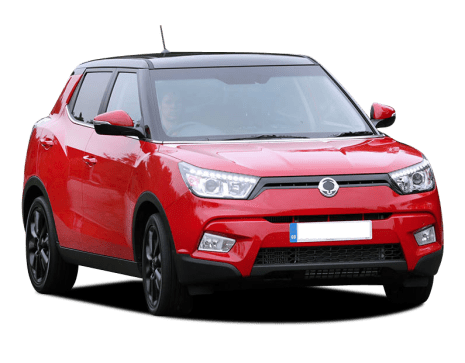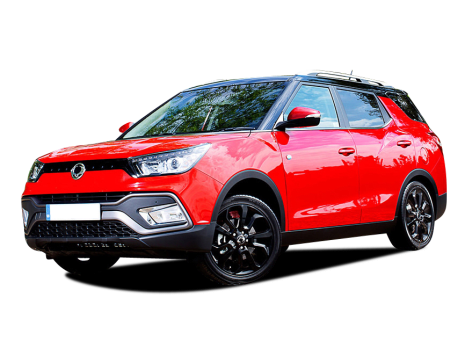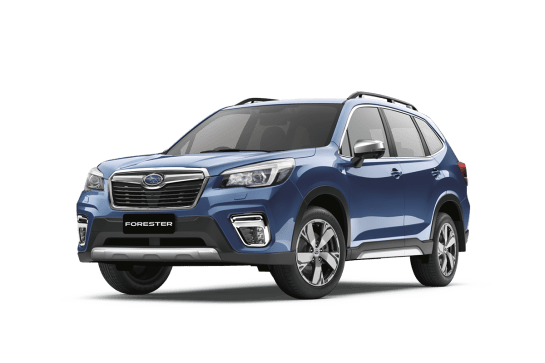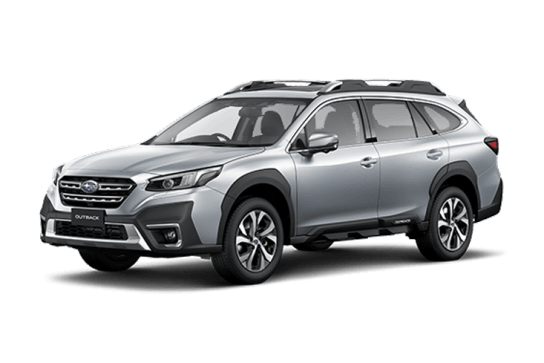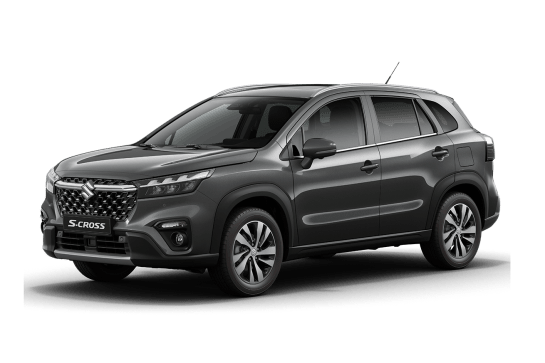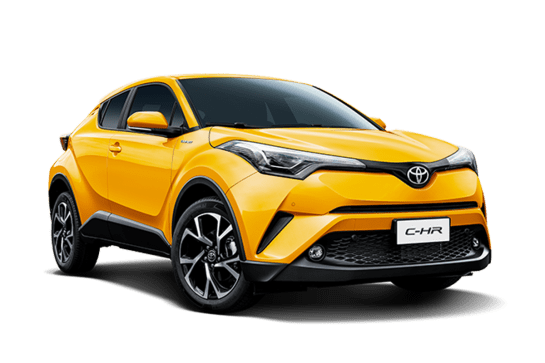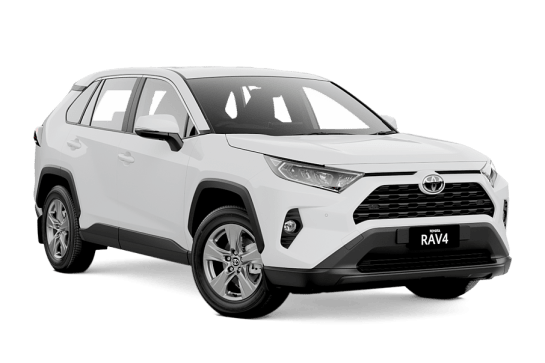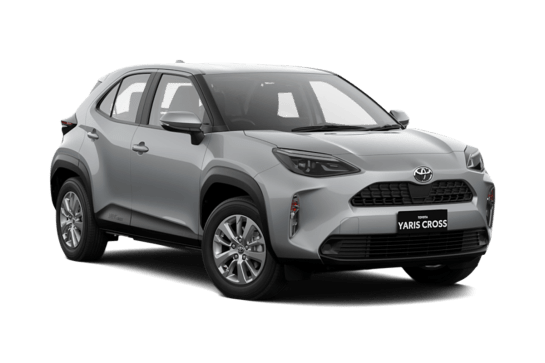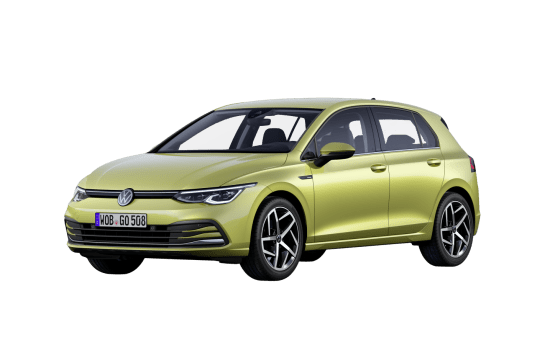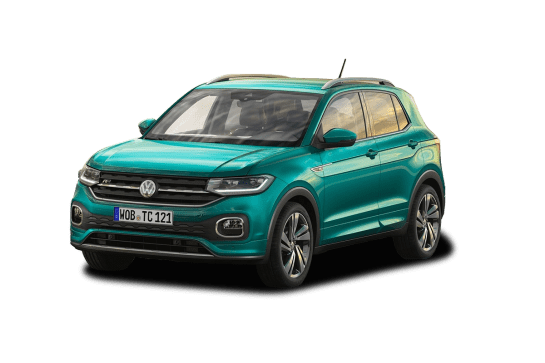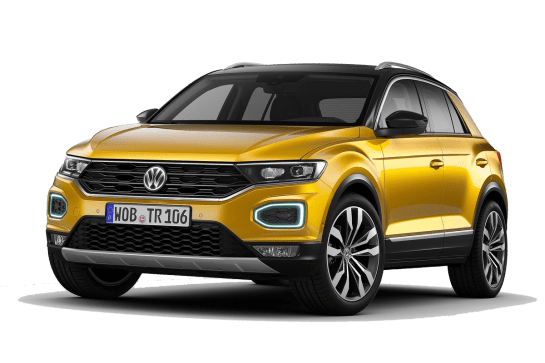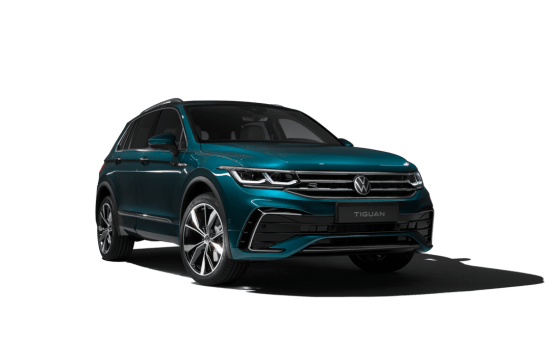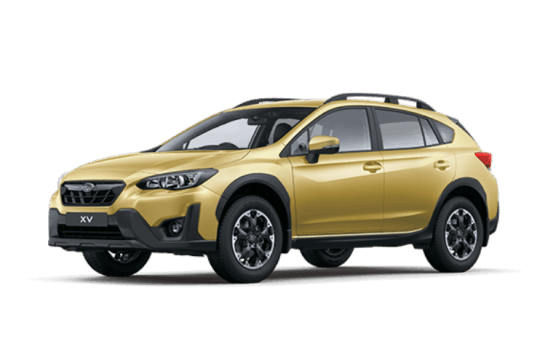
Subaru XV VS Mitsubishi Outlander
Subaru XV
Likes
- Excellent cabin fit and finish
- Great to drive
- Advanced safety tech
Dislikes
- Not much more fuel efficient than the petrol version
- Pricey
- Small display screen
Mitsubishi Outlander
Likes
- Nice to drive
- Well-appointed cabin
- Refined hybrid system
Dislikes
- No spare tyre
- Squeeze third row
- Multimedia touchscreen should be bigger
Summary
Subaru XV
The idea of a hybrid version of Subaru’s small XV SUV seems to make complete sense – this is a car that probably spends most of its time in traffic but is owned by people who might like to head down a dirt track occasionally. And if it can somehow manage to give off a green glow as well, that could only be a bonus.
But can it actually do all those things? That's the question I’m here to answer, with a bit of real-world testing.
The answer is not a simple yes or no, I'm afraid, because the experience was mostly positive, yet in some ways, I was left wanting more. Allow me to explain.
| Safety rating | |
|---|---|
| Engine Type | 2.0L |
| Fuel Type | Hybrid with Regular Unleaded |
| Fuel Efficiency | 6.5L/100km |
| Seating | 5 seats |
Mitsubishi Outlander
At this point in history, hybrid vehicles are your best bet if you want to feel good about trying to save the world while actually enjoying daily driving duties and avoiding any (real or imagined) driving-range anxiety you may experience in a full EV.
A hybrid vehicle – i.e. one with a traditional fuel source (petrol or diesel) and electric power – is a cheaper alternative to a full-blown EV and yields better fuel economy and less environmental impact than a standard ICE vehicle (powered only by petrol or diesel).
And the Plug-in Hybrid EV (PHEV) version of the Outlander offers welcome fuel cost-savings over ICE vehicles and, in top-spec GSR guise, it has a premium look and feel and, on paper, packs plenty of standard features into a sub-$80,000 package.
Read more about
- Mitsubishi's updated family favourite spotted: 2025 Mitsubishi Outlander takes shapes as it prepares to battle the Toyota RAV4 Hybrid, Nissan X-Trail ePower and Kia Sportage
- Next-gen Mitsubishi Pajero takes shape in fresh renders: Details from Japan shed light on rugged new Toyota LandCruiser and Nissan Patrol rival apparently in development: Reports
- More electric range for Mitsubishi Outlander plug-in hybrid: updated family SUV and rival to BYD Sealion 6 gets better fuel economy and powertrain upgrades for 2025, but when will it come to Australia?
But how does this seven-seater SUV hybrid handle daily-driving duties?
Read on.
| Safety rating | |
|---|---|
| Engine Type | 2.4L |
| Fuel Type | — |
| Fuel Efficiency | 1.5L/100km |
| Seating | 7 seats |
Verdict
Subaru XV7.3/10
Well this is awkward. On one hand the XV Hybrid is excellent and on the other it’s… not.
It’s great to drive on and off the road, the fit and finish of the cabin are superb and the safety tech is outstanding. On the other, the value for money isn’t good when you consider that it’s almost the most expensive XV, but still doesn’t have sat nav, dual-zone climate control, nor the larger display.
And then there’s the fuel economy. Even if we had matched the 6.5L/100km Subaru says we should get, the saving is a mere 500ml for every 100km compared to a straight-petrol XV. The plug-in hybrid version of the XV, as sold in the United States, can get about 2.6L/100km. Now that type of hybrid XV would make far more sense.
Mitsubishi Outlander7.8/10
The Outlander PHEV in GSR spec is a nifty daily driver, quietly appealing and more than capable of heading off-road as long as you drive it well within its AWD limits.
If you reside in the city or suburbs and your daily driving is not too punishing in terms of distance, then this PHEV makes a lot of sense. A hybrid vehicle is a happy-compromise move towards an EV future – and the Outlander PHEV is a big step in the right direction.
Design
Subaru XV
That Lagoon Blue paint. As mentioned above it’s only available on the hybrid and in the metal the colour is so stunning and different that right now from my desk I can see people rubber necking at it parked out the front of my house. The hue, combined with the ‘e-boxer’ badges, makes for an intriguing package, which, from where I sit, is generating a stack of interest. That was always Subaru’s intention, I guess.
Other hybrid-only design features include the frosted silver elements around the fog lights, the slim-line roof rails and, of course, those ‘e-boxer’ badges.
Those are the only styling differences between the Hybrid and the other XV family members.
Not having the chunky roof racks means the overall height is 20mm lower, at 1595mm, but the rest of the dimensions are the same as a regular XV, at 4465mm long and 1800mm wide.
The XV is a small SUV, but larger than most of its rivals – it’s about 200mm longer than a Honda H-RV, and similar in size to a Kia Seltos or Nissan Qashqai. That said, its cargo capacity isn’t the best – but more on that in the Practicality section below.
We’re just talking about appearances here and the XV hybrid is cute and angry looking at the same time, with its Pokémon-like face.
Nothing has changed about the overall exterior styling since this new-gen XV was introduced in 2017. And that goes for the interior, too, which is a highlight of this SUV.
There’s no other small SUV in the price range with a cabin that feels this good – the craftsmanship is superb, the fit and finish is excellent and the materials (even the plastics) feel gorgeous. I never use the word gorgeous, but you won’t find a more comfortable and luxurious cabin this side of a Lexus.
That said, the small display screen lets things down, and so does the featureless hard plastic on the back of the centre console, which stares at the rear passengers.
Mitsubishi Outlander
In terms of exterior dimensions, this PHEV is 4710mm long (with a 2706mm wheelbase), 1862mm wide and 1745mm high.
The Outlander is an inoffensive-looking AWD wagon with an appearance every bit in line with its GSR spec and price-tag without going over the top.
On the outside, this top-shelf GSR incorporates Mitsubishi’s 'Dynamic Shield' design facade, which was divisive in its early years but has since attracted its fair share of fans.
On the inside, this Outlander has black leather-appointed upholstery with silver stitching, the same treatment applied to the soft-touch armrests, centre console top, sections of the dash and elsewhere.
And the big 20-inch machined alloy wheels top off a classy yet relatively subdued overall look.
In the realm of medium-sized city-going SUVs with weekend road-trip inclinations – think Hyundai Santa Fe, Kia Sorento, Kia Sportage and the Outlander’s hybrid rivals like the Nissan X-Trail e-Power, Toyota RAV4, et al – this Mitsubishi AWD more than holds its own because in terms of design none of them are bound to set hearts a-flutter. But they’re all fine.
Practicality
Subaru XV
To sum things up, room for people is good but the cargo capacity is not. That means I can sit behind my driving position, even though I’m 191cm tall, with about 15cm to spare between my knees and the seatback. Headroom is fine for me, too.
Boot space, however, is 345 litres, which sounds like it could be a lot but when you consider the Honda HR-V has a 437-litre cargo capacity and the Kia Seltos has 433 litres of luggage space, it’s clear the XV’s boot isn’t very big.
Cabin storage isn’t so bad, though, with a big centre console bin, two cup holders up front and two more in the rear fold-down armrest, plus bottle holders in the doors. The hidey hole in front of the shifter is showing its age because my phone was too large to fit into it sideways, but there are other little nooks to store your things in.
Parents should know that the XV Hybrid doesn’t have directional air vents for those in the back seats, but the dark-tinted rear windows were a welcome feature whenever we had our five-year-old back there.
The hybrid has three USB ports – two for charging in the centre console bin and one for media under the dashboard. Need a 12V outlet? There are two.
Mitsubishi Outlander
This SUV boasts a family-friendly and functional interior with a premium feel, even if it does seem somewhat underdone for the price.
But it has all the right elements of a family tourer, in a cosy cabin in which it’s easy enough for driver and passengers to spend a chunk of time on lengthy road trips without complaint. I know, because we did.
The GSR has comfortable leather seats, a (mostly) user-friendly multimedia system, plenty of charge points (USB-A and USB-C up front and two USBs for second-row passengers), lots of soft-touch surfaces and a reasonable amount of storage space peppered throughout.
Nice touches, such as the heated steering wheel and heated front seats, which also have the massage function, top off what is an impressive interior.
There is wired charging for smartphones with Apple CarPlay or Android Auto, as well as a wireless charging pad. There are also 240V/1500W power outlets.
The 9.0-inch multimedia touchscreen is too small for me (perhaps a case of Old Bloke Eyes?), but it’s better when engaged in Apple CarPlay mode. The 12.3-inch high-resolution digital driver display is simple enough to use, and the 10.8-inch head-up display is a handy feature.
The driver has an eight-way power adjustable seat, so they’re able to dial-in their favourite driving position.
As stated, this Outlander’s seats are comfortable with a reasonable amount of room for everyone, though the third row is a tight fit for anyone other than children.
The second row is a 40/20/40 split configuration, while the third row is 50/50.
In terms of packing space, there is 191 litres in the rear cargo area when all seats are being used, 461 litres when the third row is folded flat, and 1387 litres when the second and third rows are stowed away.
Price and features
Subaru XV
The XV Hybrid lists for $35,580, which makes it the second-most expensive XV in the line-up, sitting just under the top-of-range $36,530 2.0i-S. The thing is, the Hybrid doesn’t come with nearly as much equipment as the 2.0i-S, and that’s why it loses value-for-money marks in this review.
Standard features range from the disappointing - like the 6.5-inch touch screen, single-zone climate control and halogen headlights - to the impressive; adaptive cruise control, rear privacy glass and proximity unlocking. The Hybrid also scores the same advanced safety tech as the 2.0i-S, which I’ll go into more detail about in the Safety section below.
Other standard features include Apple CarPlay and Android Auto, shifting paddles, X-Mode drive setting, rear-view camera, six-speaker stereo, digital radio, CD player, premium cloth upholstery, roof rails and rain-sensing wipers.
Only the hybrid comes in the Lagoon Blue colour our car wore, and it’s a no-cost option. Good.
How does the XV Hybrid compare with rivals on price? Well, apart from the Toyota C-HR Koba hybrid, there aren’t any other small hybrid SUV rivals. But ask yourself: why are you buying the XV Hybrid? If it’s for ‘green efficiency’ then you really need to skip to the section on fuel economy, because the amount of fuel you’ll save could shock you, and not in a good way.
If it’s for the all-wheel-drive system then you should know that all XVs have all-wheel drive.
Frankly the biggest rival, apart from the C-HR, comes from within – the XV 2.0i Premium, which is $33,420 and is better equipped and boasts excellent fuel economy. A small SUV comparison wouldn’t be complete without the segment’s benchmark – the Kia Seltos, and its Sport + grade with AWD lists for $35,490.
Mitsubishi Outlander
The seven-seat 2024 Mitsubishi Outlander PHEV GSR is the top-shelf variant in a five-model PHEV AWD range and has a price-tag of $73,790, excluding on-road costs.
Standard features include a 9.0-inch multimedia touchscreen, a 12.3-inch digital driver display, wireless smartphone charging, a nine-speaker BOSE sound system, multi-zone climate control, a leather-trimmed steering wheel, head-up display, heated massage front seats, two-tone leather-appointed seat trim, a panoramic sunroof, a powered tailgate and 20-inch alloy wheels.
Exterior paint options for the GSR are, 'White Diamond', 'Red Diamond', 'Black Diamond' or 'Graphite Grey'.
Note: The Outlander does not have a spare tyre – not even a space-saver.
The Outlander PHEV has few to no rivals in the mid-size SUV segment, certainly none that can offer anything near Mitsubishi’s (conditional) 10-year/unlimited kilometre warranty.
Under the bonnet
Subaru XV
The XV Hybrid has a 2.0-litre four-cylinder petrol engine under the bonnet (making 110kW and 196Nm) and built into the transmission is an electric motor (making 12.3kW and 66Nm). The batteries are under the boot floor and they’re charged through energy captured during braking, which is then turned into electricity.
The transmission is an automatic called a CVT (Continuously Variable Transmission). I’m not a fan of CVTs because they tend to take all the oomph out of acceleration, but Subaru’s version is one of the best and the addition of the electric motor gives nice little nudges while driving that the straight-petrol XV doesn’t offer.
Mitsubishi Outlander
The Outlander PHEV has a 2.4-litre four-cylinder petrol engine producing 98kW at 5000rpm and 195Nm at 4300rpm, an electric motor on the front and rear axles, and a lithium-ion battery pack with a total capacity of 20kWh.
Combined output (engine and electric motors) is 185kW and 450Nm and this PHEV’s electric-only driving range is listed as 84km on a full charge.
It has a single-speed transmission and drive modes include 'Eco', 'Normal', 'Power', 'Tarmac', 'Gravel', 'Snow' and 'Mud'.
It has three power-use settings: 'EV Mode' for low to medium speeds urban running, 'Series Hybrid Mode' which allows the petrol engine to step in for urgent acceleration or climbing hills and 'Parallel Hybrid Mode' for highway overtaking where the vehicle runs on engine power with electric assistance.
Efficiency
Subaru XV
Hybrids are all about saving fuel, but the XV Hybrid doesn’t use a lot less petrol than the regular XV, which makes you wonder what the point of it is. According to Subaru the XV Hybrid should use 6.5L/100km after a combination of open and urban roads, while under the same driving conditions the regular petrol version does almost as well at 7L/100km.
My own testing showed higher consumption. After 401.5km of motorways, urban commutes, city traffic, suburban runs, country twisty fun roads and even dirt and gravel tracks, I filled up with 37.51 litres, which comes to 9.3L/100km. The fuel tank in the hybrid is 48 litres and the trip computer told me I had a range of 90km left. The straight petrol XV has a 63-litre tank.
So, even if you use Subaru’s figures you’re saving 500ml per 100km, which comes to about 70c per 100km if 91 RON is about $1.40. Factor in the fact that the XV Hybrid costs $3970 more than the XV 2.0i-L and you’d have to drive more than 550,000km to make that difference in money back. Again, you have to ask, what is the point?
I’ve tested Toyota’s C-HR Hybrid and while it is only two-wheel drive the combined fuel economy is 4.3L/100km.
Subaru’s XV Hybrid needs to be way more fuel efficient for it to be a worthwhile hybrid vehicle.
Mitsubishi Outlander
The Mitsubishi Outlander PHEV GSR has a listed fuel consumption of 1.5L/100km on a combined (urban/extra-urban) cycle but, as with all official fuel figures from any carmaker, you can take it with a hefty grain of salt.
That said, if your daily driving distances are within this PHEV’s electric driving range (84km, as listed) and you’re able to drive in EV mode most of the time, then at the very least you will have chopped your fuel bill.
On this test, dash-indicated fuel consumption was 5.8L/100km; actual fuel consumption, as measured from pump to pump, was 7.7L/100km.
The good news is the Outlander PHEV runs happily on the cheaper 91RON 'standard' fuel.
Our dash-indicated power usage was 20.8kWh/100km. This PHEV gobbled through most of its 20kWh battery capacity quite swiftly on the drive from the vehicle pick-up point in Sydney to our test start-point just over 100km away.
It recouped 10km electric driving range via regenerative braking on a series of long downhills when set to ‘Charge’ driving mode (with the combustion engine generating power to the battery), but I had to cycle through regen modes to optimise that power regain.
The dash-indicated combined driving range (battery and engine) was 748km on a full charge and a full 56-litre tank.
Mitsubishi states that if you’re charging off a standard household power point it will take “approximately” 9.5 hours to fully charge your Outlander – or 6.5 hours if you’re using a home or public charging device.
Things speed up considerably if you use a public rapid recharging station. In that case, Mitsubishi says your Outlander Plug-in Hybrid EV will reach 80 percent battery capacity in 38 minutes.
Driving
Subaru XV
I said in the video above that I think the XV is one of the best-handling small SUVs for the money and it’s true, even on twisty country roads the vehicle feels planted, with great body control. That’s thanks to well-sorted suspension and the boxer engine design, which lowers the centre of mass, making the car less ‘wobbly’ and more secure in the corners.
If it was just about driving, the XV Hybrid would be my pick out of the entire model range. That’s because I find the basics petrol version has lacklustre acceleration. The hybrid gets little shoves from the electric motor, making it better for moving quickly in traffic. Yep, while the electric motor is tiny and only supplies a small output, when it combines forces with the petrol the difference is noticeable compared to the petrol XV.
Like the petrol, the hybrid uses a Continuously Variable Transmission (CVT). The transmissions are the cause of the indequate acceleration I mentioned, but they seem to be perfectly suited to electric motors.
The entire XV line-up is all-wheel drive, and that includes the hybrid. This is not a four-wheel-drive system, which large off-road vehicles like the Toyota LandCruiser use, so I wouldn’t try to cross the Simpson Desert in an XV. Really the XV’s all-wheel drive is designed for on-road duties but occasional dirt and gravel tracks are fine, as long as you don’t get too wild. Still, it is truly one of the most sure-footed small SUVs for the price that I’ve driven, and the impressive 220mm of ground clearance will let you head down bumpy tracks that would tear the innards out of other small SUVs.
The X-mode function is activated by pressing a button and the throttle, transmission and drive to the wheels is managed automatically to maintain optimum traction.
Where the Hybrid is at a disadvantage against its fellow XV family members is in terms of towing. The braked towing capacity is 130kg less than a straight-petrol XV at 1270kg.
Mitsubishi Outlander
As mentioned earlier, hybrids are your best buy at this moment in time, if you want to help save the world from climate-change disaster, avoid range anxiety, and save some money on fuel bills – all without having to sacrifice safety, comfort or features.
And – bonus – the Outlander is quite nice to drive. Not to mention a pretty handy light-duty off-roader. But more about that later.
It has a kerb weight of 2145kg with light but sharp steering and a tight (11.2m) turning circle so it’s an easy vehicle to manoeuvre around busy city and suburban streets.
The teaming of a 2.4-litre four-cylinder petrol engine and two electric motors works seamlessly well. There's always plenty of power on tap and, no matter how energetic your driving becomes, this Outlander remains smooth and quiet.
Throttle response is sharp and there’s plenty of punch off the mark as well as zippiness around town when you need it.
The PHEV’s EV-only driving range is a listed 84km but our test vehicle chewed through most of its battery power on a 110km highway trip through hilly territory.
Regenerative braking regained very little of that used power and the Outlander switched to rely on petrol for the remaining 30km or so of that trip.
The driver is able to adjust the degree of regenerative braking via paddle shifters on the back of the steering wheel: use the left to add more and the right to ease up.
The drive mode options tweak engine, electric motor, transmission and other factors to suit the selected set-up.
Other than that, ride is quite firm, handling is civilised and, overall, this Outlander is rather pleasant on sealed surfaces.
And, as I alluded to earlier, it’s surprisingly comfortable and capable off-road – as long as you stick within the parameters of the kind of 'off-road' terrain an AWD SUV is built to cope with: well-maintained gravel roads and dirt tracks with minor corrugations in dry conditions… or, at worst, rain-puddled blacktop.
The Outlander has satisfactory off-road measures for a city-focussed vehicle: of 18.3 degrees (approach angle), 22.2 degrees (departure), 18 degrees (ramp breakover) and 203mm of ground clearance (unladen).
It feels nimble in the bush because steering is light and precise, visibility is good all-around, and the vehicle settles well on gravel and dirt tracks at speed, only ever skipping around a bit on rougher sections, due to its firm suspension and road tyres.
You can switch drives modes to either Gravel, Snow or Mud to best suit the terrain on which you’re driving but with the Outlander’s lack of ground clearance, road-biased tyres and 20-inch wheels, this SUV is hamstrung by its city-biased physicality.
But, this is still a handy dirt-road tourer, yielding comfortable and controlled ride and handling, only ever becoming rattled when the road or track surface becomes very chopped up and bumpy.
The Outlander’s 'Super-All Wheel Control' (S-AWC) system deserves a fair amount of credit. This traction control system manages torque application so it is instantaneous, and delivers drive with impressive levels of throttle control and an even-handed management of power.
Worth noting the Outlander did, of course, go through battery capacity at a faster pace off-road than it did when we were on sealed surfaces .
Off-roading, by its very nature, is more difficult and demands more of a vehicle than driving on smooth sealed surfaces does. And, for that reason – and the fact the Outlander is quite low – I’d avoid driving this SUV on terrain more challenging than well-maintained gravel roads and dirt tracks with minor corrugations in dry conditions.
I’ve driven an Outlander PHEV on sand before and it taxes the capacity even faster.
As mentioned earlier, this Outlander does not have a spare tyre. The absence of a spare – even a space-saver – is a disappointment, especially if you’re considering using your PHEV as a touring vehicle. A puncture repair kit is provided.
Payload is listed as 605kg, towing capacity is 750kg for an unbraked trailer and 1600kg braked. GVM is 2750kg and GCM is 4350kg.
Safety
Subaru XV
Perhaps the best reason for buying the hybrid version of the XV is for its advanced safety tech. Only the XV Hybrid and the top-of-the-range 2.0i-S come with blind-spot monitoring, auto high beams, lane-changing assist, rear cross traffic alert and reverse AEB.
That’s in addition to what’s standard on all XVs, such as forward AEB, lane-departure warning, lane-keeping assistance, lane-sway alert, lead vehicle start and brake-light recognition.
The XV Hybrid also comes with adaptive cruise control.
A note about the reverse AEB – it works, really well and stopped me from backing into a tree while filming the video above.
The Subaru XV was given a five-star ANCAP safety rating when it was tested in 2017.
For child seats, you’ll find three top-tether anchor points and two ISOFX mounts across the rear row.
Despite all this incredible safety equipment you don’t get a spare tyre on the XV Hybrid – not even a space saver, as you do on the other grades. Instead, you get a puncture-repair kit, which consists of a tyre-inflation device and a type of sealant. I’ve had punctures before while driving cars from other brands and the repair kit didn’t fix the leak. For this reason, the XV hybrid is losing marks here – you can’t beat a real spare tyre, especially in Australia where distances are vast, towns are remote, the climate is extreme and a breakdown could be a life and death situation.
Mitsubishi Outlander
The Mitsubishi Outlander has the maximum five-star ANCAP safety rating from testing in 2022.
It has eight airbags (driver and passenger front, driver and passenger front side, driver knees, centre and curtain) , as well as a comprehensive suite of driver-assist tech including AEB (with pedestrian/cyclist/junction assist), adaptive cruise control, blind-spot assist, lane departure warning, lane-keep assist, driver attention monitoring, emergency lane-change warning (with auto braking), traffic sign recognition, front and rear parking sensors as well as an around-view monitor.
There are two ISOFIX child seat anchors and three top-tether points across the second row.
Ownership
Subaru XV
The Subaru XV Hybrid is covered by a five-year/unlimited-kilometre warranty, while the battery for the electric motor is covered by an eight-year/160,000km warranty. There’s also a five-year/62,500km capped-price-servicing program. Servicing is recommended at 12 month/12,500km intervals, with the first capped at $350.25, the second at $588.31, the third at $354.83, the fourth at $784.77, and the fifth at $354.86 for a total of $2433.02 over the five years.
Mitsubishi Outlander
The Outlander range is covered by a 10-year/200,000km warranty – as long as servicing is completed on time by an authorised Mitsubishi dealership (otherwise, five years/100,000km) – and 10 years capped price servicing and 12 months roadside assist.
Outlander service intervals are scheduled at 12 months or 15,000km. Service costs can officially range from $349 through to $799 for a 10-year average of $549 per workshop visit.
The battery set-up has an eight-year/160,000km warranty.


